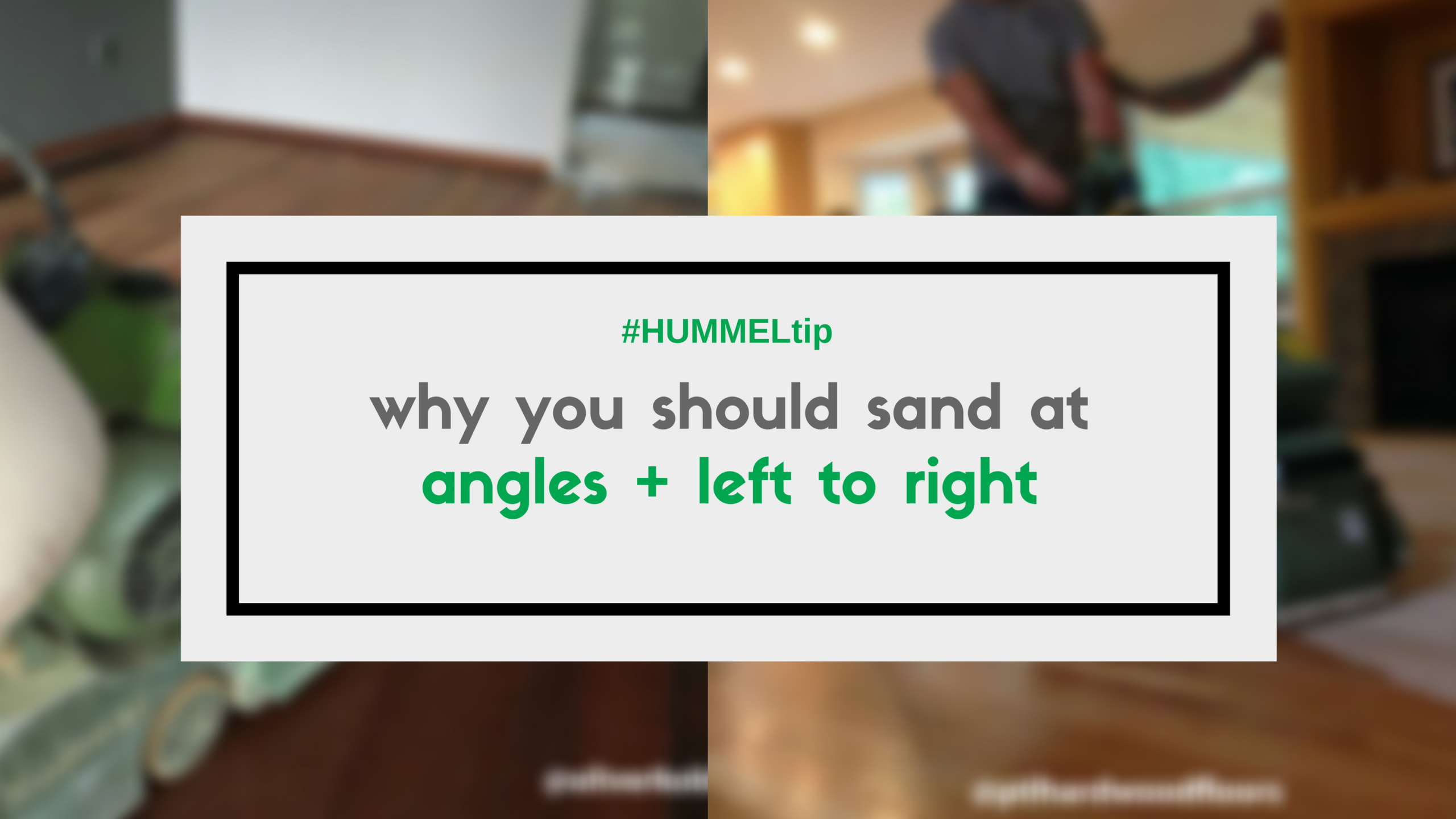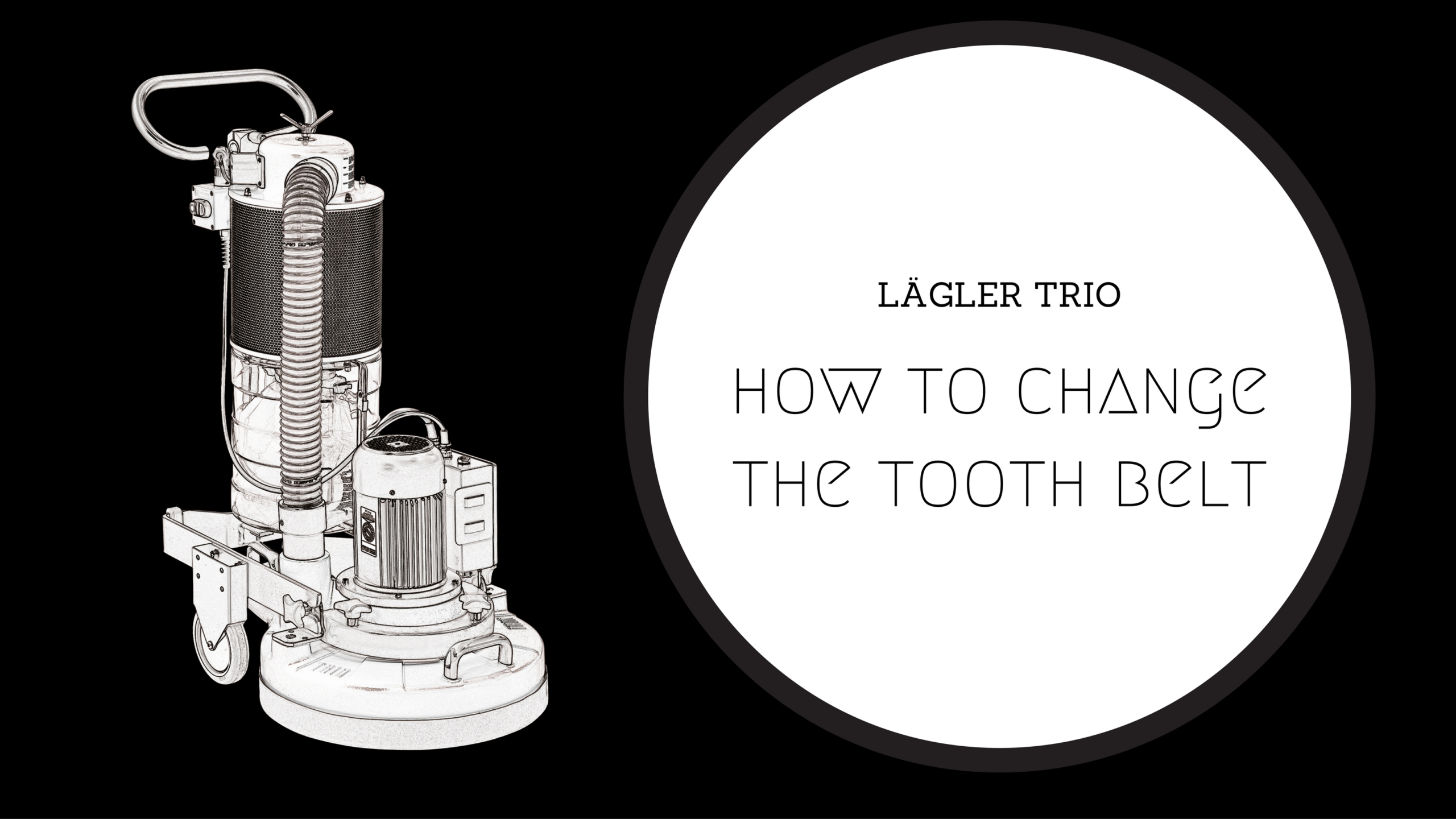

Why You Should Sand Wood Floors at an Angle + Left to Right Every day here we’re talking about doing things better, the internal stuff our staff does to make this shop hum and the

Good condition of the tooth belt, or the belt that turns the three sanding plates (discs) of the Lägler TRIO fine sanding machine, is critical. No belt, no sanding. It’s that simple. In this post,
Lägler North America, a division of Palo Duro Hardwoods, is the North American distributor of machines and parts manufactured by Eugen Lägler GmbH in Germany. We are North America’s machine repair center, and offer Lägler’s one-day Premium Sanding Technology (PST®) certification course.
Copyright © 2020 Lägler North America. All Rights Reserved.